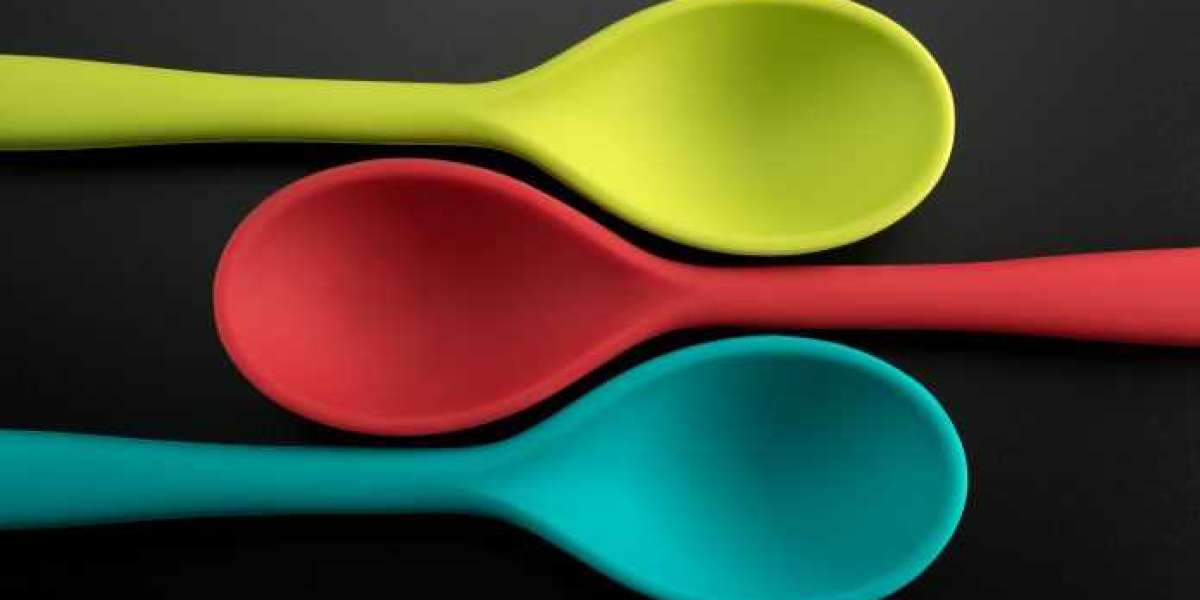The Spoon Theory, created by Christine Miserandino, is a metaphorical concept that has significantly impacted the understanding of living with chronic illness or disability. It uses the idea of "spoons" to represent the finite amount of energy individuals with chronic conditions have daily. This article will provide a detailed exploration of the spoon theory pdf, including its origin, application, societal impact, and criticisms.
Origin of the Spoon Theory PDF
Christine Miserandino, a lupus patient, developed the Spoon Theory in 2003 to help her friend understand the daily struggles of living with a chronic illness. The theory uses spoons as a metaphor for energy, with each spoon symbolizing a unit of energy. Miserandino's use of spoons stemmed from their availability during a conversation at a diner, making them a practical and relatable representation of energy for her explanation.
Application of the Spoon Theory
The Spoon Theory operates by illustrating the limited energy reserves of individuals with chronic illnesses. Unlike healthy individuals, those with chronic conditions must carefully plan and allocate their "spoons" to avoid depleting their energy prematurely. This concept serves as a valuable tool for individuals with chronic illnesses to communicate their energy limitations and daily challenges to others, fostering a better understanding of their experiences.
Societal Impact of the Spoon Theory
The Spoon Theory has had a profound impact on society, particularly in raising awareness of the realities faced by individuals with chronic illnesses and disabilities. It has facilitated the creation of the term "spoonie" to describe those who identify with the Spoon Theory, fostering a sense of community and shared experience. Moreover, the theory has sparked conversations about the broader social issues related to health, energy, and accessibility, shedding light on the need for greater understanding and support for individuals with chronic conditions.
How To Use It Daily:
The Spoon Theory is useful for individuals with chronic illness or disability to manage their energy levels and communicate their limitations to others. Here are some examples of how the Spoon Theory can be applied in daily life:
- Planning and prioritizing: The Spoon Theory can help individuals plan and prioritize their daily activities based on their available energy. By assigning a certain number of spoons to each task, individuals can ensure that they do not overexert themselves and run out of energy before the end of the day.
- Communicating with others: The Spoon Theory can be used to explain to others the limitations that individuals with chronic illness or disability face. By using spoons as a metaphor for energy, individuals can help others understand why they may not be able to participate in certain activities or need to take breaks throughout the day.
- Self-care: The Spoon Theory can also be used as a tool for self-care. By being mindful of their energy levels and planning their activities accordingly, individuals can avoid overexerting themselves and causing further harm to their health.
Conclusion
In conclusion, the Spoon Theory PDF, originating from a personal conversation, has evolved into a powerful metaphorical concept that has significantly influenced the understanding of chronic illness and disability. While it has been celebrated and critiqued, its impact on raising awareness and fostering empathy for individuals with chronic conditions is undeniable. The conversations surrounding the Spoon Theory continue to shape how society perceives and supports those living with chronic illnesses, highlighting the importance of empathy, understanding, and inclusivity.








